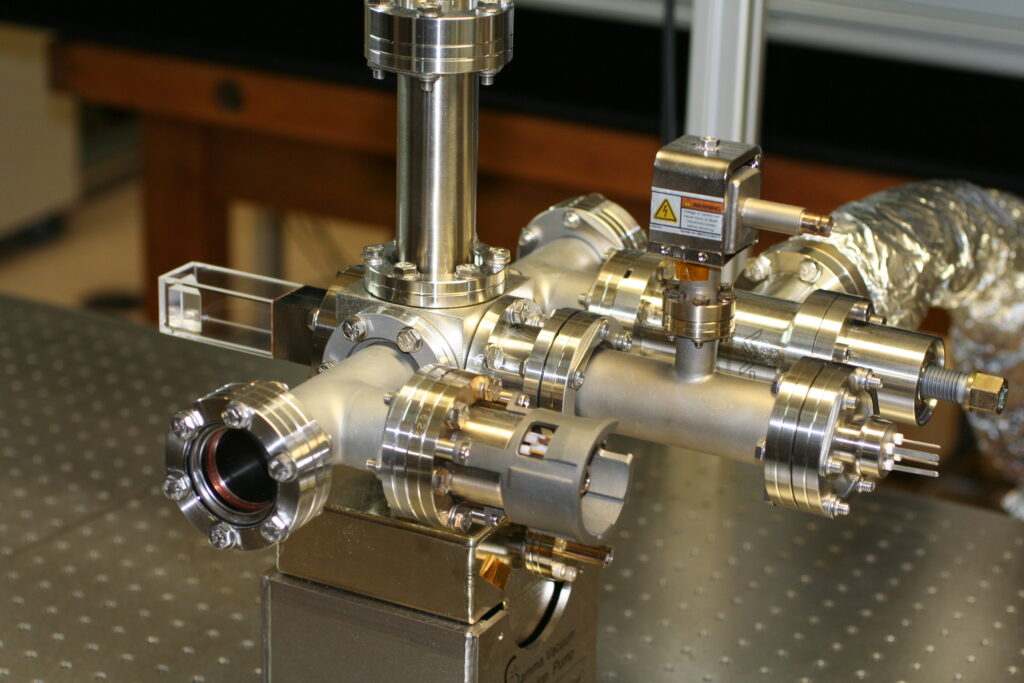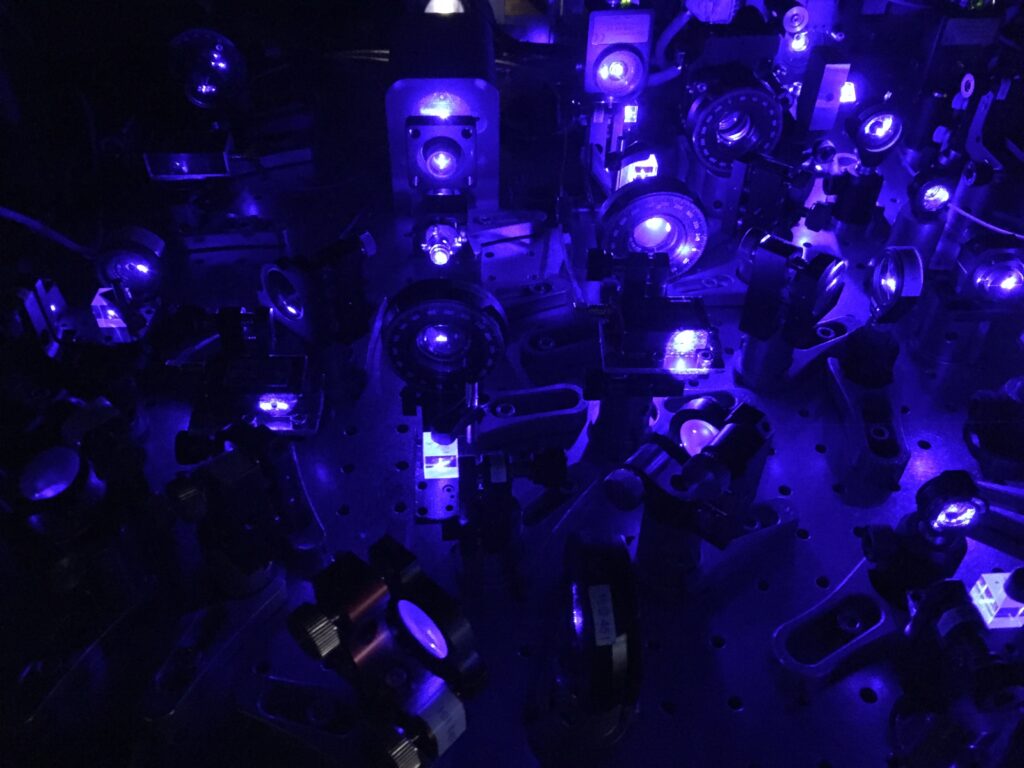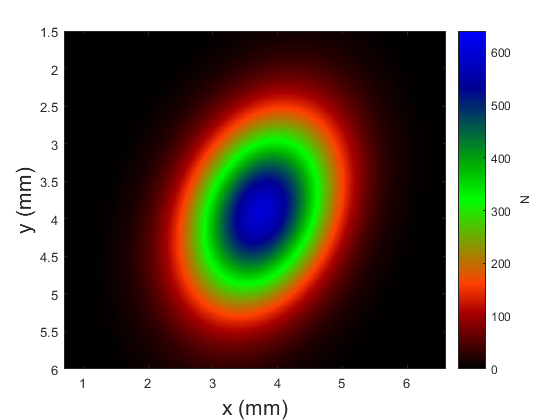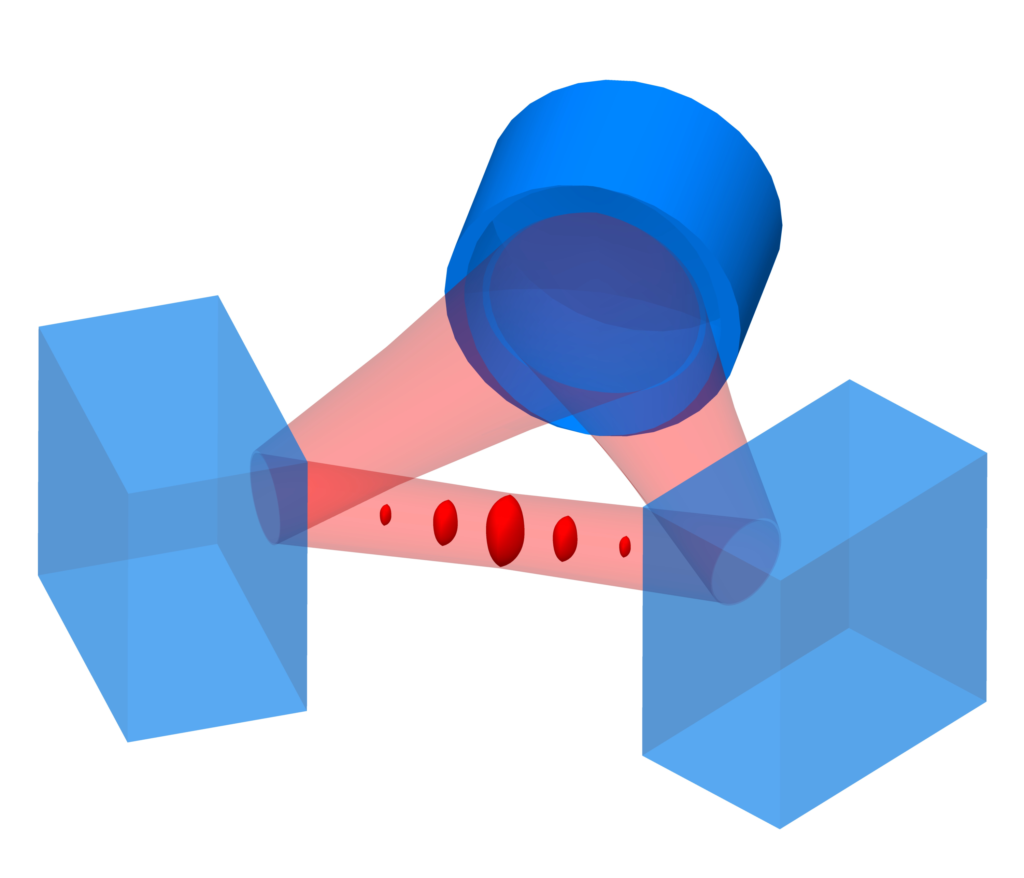A revolution is taking place in the field of atomic clocks and quantum gases due to the advent of ultracold alkaline-earth-like atoms, such as Sr and Yb. An ultranarrow optical transition combined with other unique features of their rich level structure has allowed optical clocks to reach breathtaking levels of clock stability in the 10-18 range. Alkaline-earth-like atoms have also opened new avenues for quantum gas research, where their level structure gives access to paradigmatic models of SU(N) magnetism. We are setting up an ultracold strontium experiment to combine these attractive properties with the interaction and measurement possibilities offered by cavity QED. This is feasible and extremely promising due to the recent progress in ultracold Sr experiments combined with a unique microcavity technology developed in our group. This will allow us to apply quantum metrology techniques to the transitions used in the best atomic clocks. In a second step, we will add a miniaturized quantum gas microscope on the intracavity optical lattice, opening exciting perspectives at the interface of quantum information and quantum gas physics.
This work is supported by the ERC Advanced Grant EQUEMI – Entanglement and Quantum Engineering with optical Microcavities.
A compact Strontium experiment
Since September 2017, we have been building a compact Strontium experiment. Our apparatus stands in a 40 cm long vacuum chamber containing a simple, efficient atomic source and a sealed glass cell providing high optical access. The Strontium source is heated up to 450°C to generate a collimated atomic beam.

Picture of the vacuum chambre. An home-made oven on the right-hand side of the image is creating a collimated beam of Strontium directed to the glass cell located on the left-hand side.

Picture of the Blue MOT in the glass cell. The atoms stand at the crossing of the laser beams. Magnetic copper coils are visible in front of the cell.
With a combination of retro-reflected beams and a pair of coils, we are able to load a Magneto-Optical Trap (MOT) on the Strontium blue transition at 461nm. In 1s, we create an ensemble of 1×10^7 atoms at a temperature of 2mK.

Laser system used in the first stage Blue MOT.

Absorption image of the blue MOT on a CCD camera. Color scale shows the number of atoms per pixel.
In a second stage MOT, we use state-of-the-art Saw-tooth Wave Adiabatic Passage (SWAP) technique on the intercombination line of Strontium at 689nm. Our current results are a recapture fraction of 30% from the blue MOT at temperatures below 10μK. This work is still in progress.
Ring cavity
In cavity QED with linear cavities, one of the main difficulties remains in matching the trapping wavelength with the probe light. For Strontium optical lattice clocks, this requirement can not be fulfilled because the magic wavelength annealing the differential clock states polarizabilities at 813nm is not commensurate with the clock transition at 698nm. In this experiment, we plan on tacking this problem with a three-mirror ring cavity. Such geometry allows for circulating modes of light which equally couples to all the atoms in the cold ensemble.

Scheme of the ring cavity. The atoms in red are located at the anti-node of a trapping beam (not represented), and interrogated by a probe beam.
